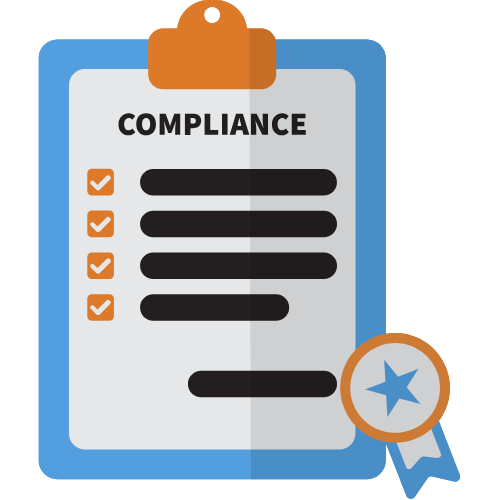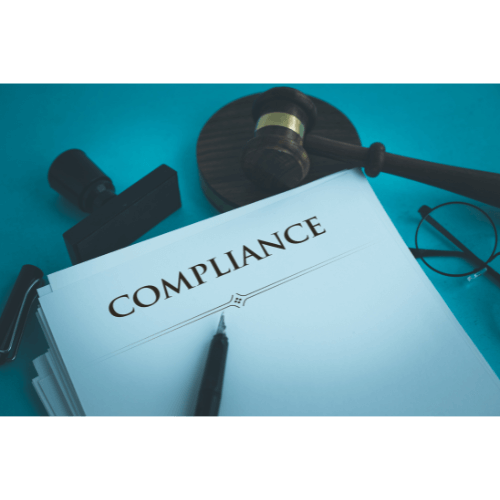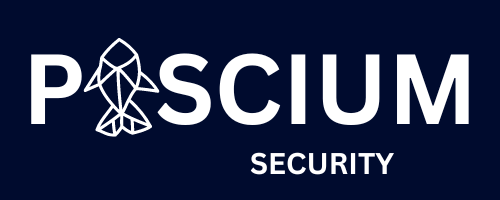In a world increasingly dependent on cloud computing, audits have become an essential component of ensuring security, privacy and compliance. While traditional audit concepts stem from physical data center environments, cloud environments present unique challenges that require specific adaptations. Below, we explore the cloud audit process, its importance, the methodologies employed, the challenges it presents and how to plan effectively.
Why are Cloud Audits Important?
Audits provide confidence to customers, regulators and business partners by validating that a service provider is complying with its contractual, security and privacy obligations. Conducting internal and external audits ensures early detection of gaps, improves processes and strengthens corporate governance.
Internal vs. External Audits
Internal Audits
They are conducted by the organization’s own personnel, as part of the internal control system. Their main objective is continuous improvement and proactive risk monitoring.
Characteristics:
- Direct responsibility of the internal audit area: It usually depends on the audit committee or senior management.
- More flexible frequency: Can be performed several times a year or by specific areas.
- Evaluation of internal processes: In security issues, policy compliance, incident response, cloud architecture, use of resources, etc.
- Less formal documentation than an external audit, although it must comply with standards if following frameworks such as ISO 19011.
External Audits
Performed by an independent entity, such as audit firms or accredited certifiers. Their purpose is to issue an objective judgment on compliance with established standards or controls.
Characteristics:
- Formal independence from the audited organization.
- Uses recognized frameworks such as:
- SSAE 18 / SOC 1, SOC 2, SOC 3.
- ISO/IEC 27001, ISO 27017 (controls for the cloud), ISO 27018 (protection of personal data in the cloud).
- PCI DSS, HIPAA, FedRAMP.
- Annual periodicity in most cases.
- Includes evidence gathering, interviews, log review, configurations, automated reports.
Adaptations for Auditing Cloud Environments
Auditing in the cloud is not simply about moving traditional controls. The distributed, virtualized and shared nature of these environments requires different approaches.
Cloud-Specific Controls Framework: CSA CCM
The Cloud Controls Matrix (CCM), developed by the Cloud Security Alliance, is currently one of the few frameworks designed specifically for cloud auditing. The latest version, v4, provides controls mapped to recognized standards such as ISO/IEC 27001, PCI DSS, HIPAA, and FedRAMP. It also includes guidance on applicability by service type namely Infrastructure as a Service (IaaS), Platform as a Service (PaaS), and Software as a Service (SaaS). This framework serves as an ideal starting point for organizations that do not yet have a defined cloud audit framework.

Cloud Audit Challenges
Audits in cloud environments present particular challenges for both large organizations and startups, regardless of whether the cloud is their core business or simply an infrastructure tool. Migrating to services such as AWS, Azure or Google Cloud involves a redefinition of responsibilities, controls and visibility, which complicates the work of internal and external auditors.
1. Shared Responsibility Model
Cloud platforms operate under a model where the provider is responsible for certain aspects (such as physical security and base infrastructure), while the customer is responsible for others (such as network configuration, access control, data encryption, etc.).
Challenge:
Clearly understand and audit where the supplier’s responsibility ends and the customer’s begins. A common mistake is to assume that the supplier “already insures everything”.
2. Visibility Limitations
Cloud environments abstract many technical components, which can make it difficult to collect evidence or logs at the network, storage or virtualization level.
Challenge:
Ensure that adequate monitoring and logging tools (such as CloudTrail, CloudWatch, Azure Monitor) are in place, and that their retention, integrity and accessibility meet audit requirements.
3. Dynamism and Scalability
The highly dynamic and elastic nature of cloud environments (with servers appearing and disappearing automatically) complicates traditional asset tracking.
Challenge:
Traditional audits are designed for more static infrastructures. In the cloud, the audit must consider that many resources exist for only minutes or hours, and that their configurations can change rapidly.
4. Lack of Unified Standards by Supplier
Each cloud provider has its own nomenclature, services and ways of configuring security. There is no single “common language” that auditors can use universally.
Challenge:
The audit team must be trained in the specific environments used by the company (AWS, Azure, GCP, Oracle Cloud). In addition, a hybrid or multi-cloud architecture is often used, which multiplies the complexity.
5. Managing Sensitive Data in Global Environments
The cloud allows services to be deployed in multiple regions of the world, which can result in cross-border data transfer, with complex legal and regulatory implications.
Challenge:
Ensure that sensitive data (such as PII, medical, financial information) resides and is processed in compliance with local laws (GDPR, HIPAA, LGPD).

Types of Audit Reports
Audit reports represent findings and judgments about an evaluated system. In the cloud, the most common are:
SSAE 18 (USA)
Establishes standards for evaluating third-party controls. Requires the issuance of SOC (Service Organization Control) reports:
SOC 1
- Focus: Financial statements.
- Type:
- Type I: Point in time.
- Type II: Effectiveness for at least 6 months.
SOC 2
- Focus: Principles of reliable services: Security, Availability, Processing Integrity, Confidentiality and Privacy.
- Preferred type: Sustained evaluation over time.
SOC 3
- Similar to SOC 2, but more general and freely distributable. Ideal for marketing or preliminary evaluations.
ISAE 3402 (Internacional)
International equivalent to SSAE 18, with minor technical differences. Common outside the U.S.
Audit Scope Restrictions
Prior to an audit, the Cloud Service Provider clearly defines what can and cannot be audited. This includes identifying out-of-scope assets, often excluded due to privacy concerns or their critical nature. CSPs may also establish blocking periods to avoid testing during maintenance windows or other sensitive operational times. Additionally, they typically specify the types of tests that are not allowed, such as destructive tests in production environments. A clear definition of the scope helps avoid unnecessary interruptions and ensures a focused, efficient audit.
The Audit Planning Process
The success of an audit depends on careful planning. Typical phases include:
Define Objectives
- What is to be achieved?
- What will be the format of the report?
- What roles are required?
Define the Scope
- Physical and virtual locations.
- Period covered.
- Tools and methods.
- Evaluation criteria and standards.
- Key dates and time constraints.
- Contact points and communication channels.
ISO/IEC 19011:2018 provides guidance on how to audit information management systems.
Gap Analysis: Identifying Critical Gaps
An audit does not end with data collection. Gap analysis compares actual results against expected standards. Gaps indicate significant deviations and opportunities for improvement.
Elements reviewed:
- Documentation.
- System configuration.
- Technical scans.
- Interviews with key personnel.
A well-done gap analysis allows organizations to close vulnerabilities before they become incidents or breaches.
Conclusion
Audits in cloud environments are essential to ensure trust, compliance and continuous improvement. While the challenges are numerous, from virtualization to global scale there are well-established frameworks and methodologies to address them.
Adopting approaches such as the CSA’s CCM, implementing a good audit plan and performing effective gap analysis are key to ensuring secure and auditable cloud environments.




